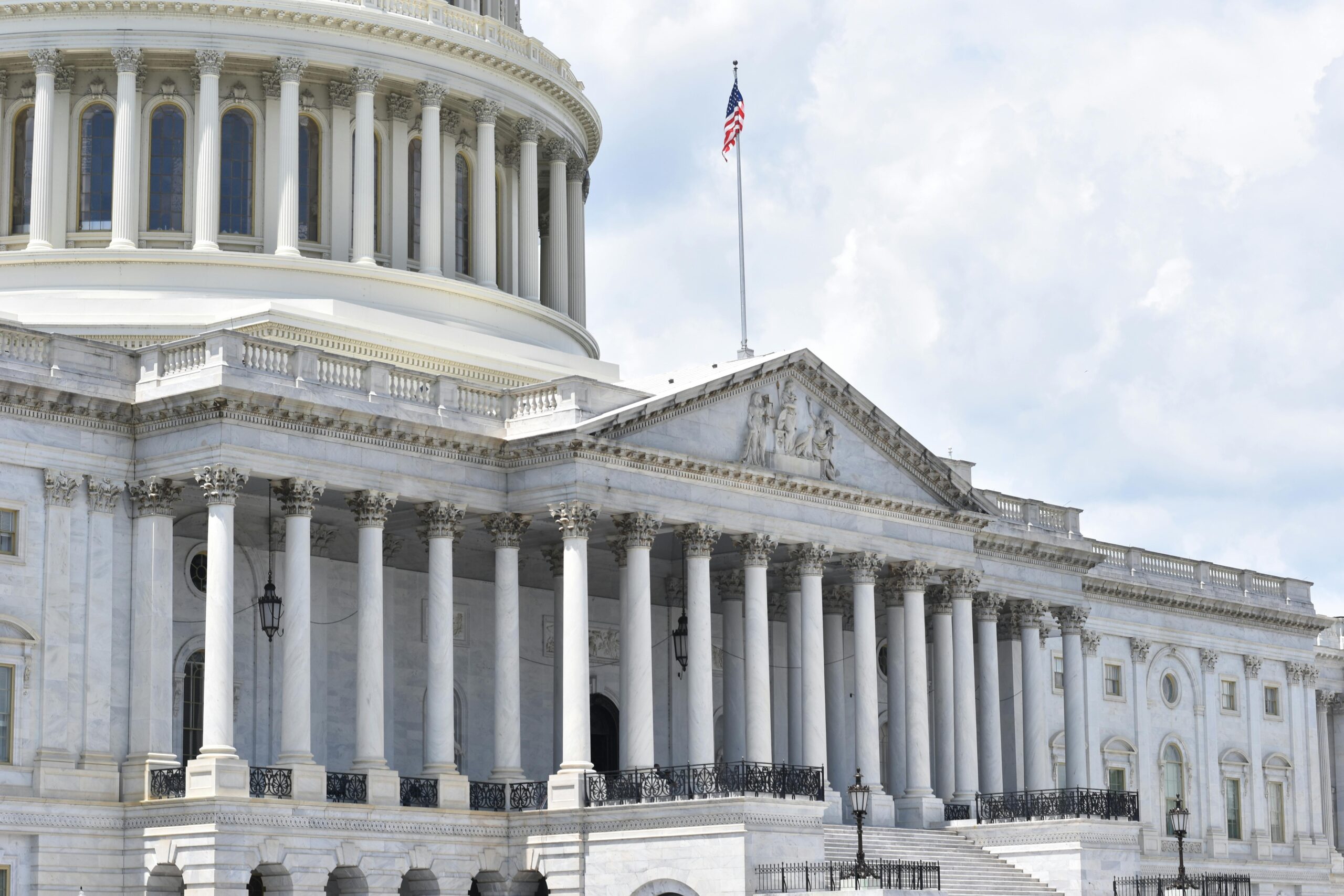Without Better Postsecondary Data, We’re Leaving Stakeholders in the Dark
Published Oct 15, 2020
This post also appears in the Today’s Students Coalition blog series.
When exploring new territory, it’s wise to have a flashlight to illuminate areas that aren’t easily visible. The COVID-19 pandemic, which has upended nearly every aspect of our nation’s well-being and profoundly disrupted the higher education experiences of nearly 20 million students, put higher education in uncharted territory. Unfortunately, policymakers, institution leaders, and students and families are currently navigating without a flashlight. While shortcomings in postsecondary data have left stakeholders ill-equipped for decades, we as a country are completely in the dark about how students are faring on the pathway to a postsecondary degree and post-graduation in the midst of rapid shifts to online instruction and the physical and emotional scars left on university communities by the fatality and fear caused by the virus.
The investment of time, financial resources, and opportunity cost of higher education is a multi-year journey that will change not only a student’s life, but the course of lifetimes for several generations. This investment is all the more crucial in the midst of the economic devastation currently felt by students and their families, which makes the lack of insight into how the postsecondary system serves and supports today’s students all the more troubling.
But it doesn’t have to be this way.
Timely, comprehensive data can illuminate students’ varied pathways and help federal, state, and institutional policymakers navigate this crisis. Data can also give students and families more complete and representative information to help them make decisions about where to go to school, what to study, and how to pay for it. While these data needs are ever-present, they are magnified as today’s students, especially students of color and students from low-income backgrounds, bear the brunt of the current economic and health crises.
An unfortunate reality of current postsecondary data collections is that they are incomplete, disconnected, and duplicative. By giving key stakeholders the equivalent of a flashlight without batteries, we leave them unprepared to navigate crises in real-time. For example, the Department of Education (ED) was unable to implement the March 2020 Coronavirus Aid, Relief, and Economic Security (CARES) Act as written and, in order to allocate funding, developed a complicated, piecemeal formula that cobbled together data from the Integrated Postsecondary Education Data System (IPEDS) and the National Student Loan Data System (NSLDS).
A recognition of this reality is exactly why a student-level data network (SLDN), as proposed by the College Transparency Act, has such broad bipartisan support. If CTA were law already, policymakers and students would have had much of the information they need to respond and rebound. Instead, they were left feeling their way along, missing data that are critical to equitable allocation of funding, targeting of interventions, and informed college choice.
Luckily, ED has stepped in to shed some light on a portion of the void, bringing transparency to bear on how institutions are utilizing $14 billion in federal COVID-19 support provided by Congress through the CARES Act. ED has proposed an annual data collection on CARES Act spending that would shed light on how institutions allocated student emergency grant funding, the number of awards and dollar amount of support going to the most economically vulnerable students, the specific functions that were supported by direct institutional funding, the withdrawal rates of students who received funding, and the overall employment levels at institutions before and after the pandemic began.
These data should be publicly reported and collected on a semi-annual, rather than annual, basis. The proposed collection, strengthened by these recommendations, will be essential to enhance our understanding of higher education’s response to the COVID-19 virus and the associated economic fallout. Robust reporting can provide important information about how institutions are using these funds to support students in crisis, manage operational strain, and the extent to which federal funding tackles racial and socioeconomic inequities.
However, ED’s proposal does not require data on student CARES grant funding to be disaggregated by race and ethnicity. The pandemic has disproportionately impacted the health and economic well-being of Black, Indigenous, Latinx, and Asian-American and Pacific Islander (AAPI) students, along with their families and broader communities, so disaggregating data on student emergency grants by race and ethnicity is critical to understanding the extent to which the federal funding is tackling these inequities. For a more detailed list of recommendations on data collection related to CARES Act funding, please see PostsecData’s September 2020 comment letter.
Further, we have little timely data to interrogate how the shifts to online-only and hybrid learning models are affecting today’s students. In addition to the data required through the CARES Act, PostsecData recommends that Congress utilize existing data systems to collect information on how the move to and from online learning is affecting today’s students’ enrollment and progression toward credentials.
We commend ED for taking the intermediary steps necessary to better understand how students and institutions are coping in the current crisis — but we need a comprehensive solution that consistently shines a light on racial and economic inequities embedded in postsecondary systems, both in the midst of crisis and beyond. With more complete, disaggregated, and publicly-available data, policymakers would be better equipped to make timely decisions that target funding and supports to the students and institutions that need it most, and students would be able to make the best decisions for themselves and their families as they navigate current and future economic and health crises.
Now is the time for Congress and ED to take action to improve postsecondary data. Policymakers, institution leaders, and students and families — and our country as a whole — both need and deserve the valuable benefits and life-changing experience higher education provides. As we collectively continue to navigate the uncharted territory of a global pandemic and eventual recovery, we cannot afford to spend another academic year in the dark.


